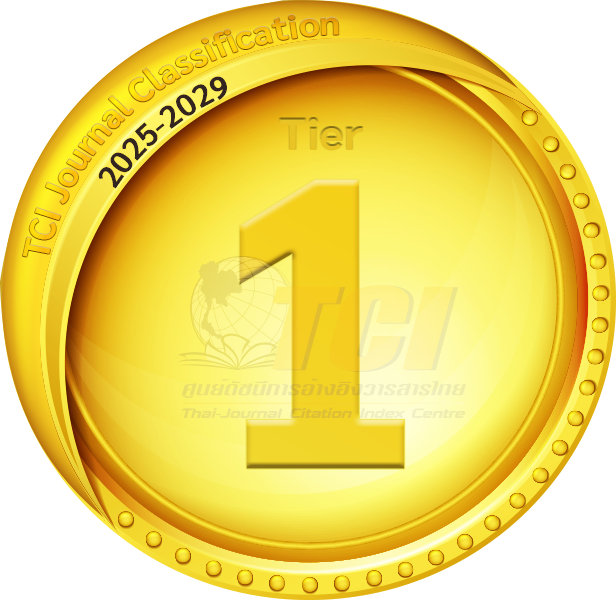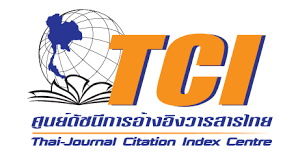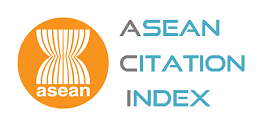Editor's Note
Abstract
The theme for this issue of the Rangsit Journal of Social Sciences and Humanities (RJSH) is ‘creativity’. We are so pleased that many of the articles in this first issue of Volume 3 describe new developments, new challenges, and new ways of thinking.
The previous issue (#2, 2015) focused on international relationships between China and Thailand. In some respects those articles, too, were about new developments and new challenges but in international affairs. Increasing complexity was certainly evident in that important area.
This current issue includes articles which give attention to the importance of innovation in other areas of human endeavour. It seems that there is no area that can escape increasing levels of complexity. This fact inescapably puts pressure on us and our institutions to devote more time and resources to innovation. And, innovation is not possible without creativity.
You will find the article by Saifon Suidramedhi refreshing. It describes how a community in Japan has become a unique example of creative thinking and local planning. It has achieved distinction partly because of its inclusivity: linking the producers, local organizations, including universities and, yes, even consumers. A creative solution to problems associated with declining work opportunities for young and old alike.
Moving on to another part of the world, Africa, Kwadwo Aduse-Asante and Peter Hancock, studied a community project in Ghana. That project was not at all successful. The two researchers learned that the Traditional Chief had managed to ‘take over’ a school-community project. Originally, the project was intended to be one that involved the participation of the whole community. However, with the ‘take-over’ by the village chief, local people began to lose interest. The project did not achieve the goals that were set. The researchers concluded that a community development project which relied on co-opting élites is more likely to fail. Community members can lose interest in such a ‘top-down’ management strategy. And, the local people lose a sense of ownership, so critical to local community based projects.
Creativity is clearly the central factor uncovered by Miquel Padrés González and which he describes in his article on product design and development. The researcher studied how a small manufacturer of bottled drinking water was able to get a ‘slice’ of the intensely competitive market ‘pie’ through design creativity from manufacturing through to branding.
Taoline Oaas and Annarbha Supaneedis describe a school-based strategy that appears to help young students develop more positive attitudes about themselves as individuals as well as their relationships with others. The strategy is known as Transcendental Meditation (TM). The authors suggest that there may be also some improvements in academic achievement. The school is not an ordinary school – it is very special: a Buddhist boarding school for 620 at-risk girls. The TM strategy that is employed at this school calls for two daily periods of about 15 minutes each. The authors write: “Not a sound was heard for 15 minutes. The feeling in the room was extraordinary.” This article also is very much ‘worth a read’.
Women soldiers? Sasiphattra Siriwato examines the changing role of women soldiers in combat zones. Since the year 2000 international development agencies such as the United Nations have urged governments to improve the situation of women in their countries with respect to parity of opportunity – not only in the general workforce but with respect to higher education.
Many male dominated cultures have viewed military service, particularly with respect to combat duty, as a man’s job. Women have always had ‘behind the scenes’ roles in most countries for a number of years. The author reports that the U.S. military recently ‘allowed’ women soldiers to be involved in combat duty in Iraq and in Afghanistan. They have been given ‘equal opportunity’ to work in all units. It is argued that this has come about because of the nature of those particular combat zones where there was no clear line between enemy and friendly territory.
This situation clearly called for a new ‘way of thinking’ on the part of military leaders. Old thinking, combat was a man’s job, appears to have given way to new thinking which resulted in a policy which equalized the responsibilities of all soldiers, men and women. All had to be ready for active combat. However, the author wonders if these ‘innovations’ will continue to be ‘in place’ should the demarcation lines (between foe and friend) be clear and stable in future conflict zones. Or, will the role of women in the U.S. military revert to ‘old ways of thinking’?
These articles suggest that innovation happens when there is a need. But it is a venturing away from familiar ‘ground’ often into uncharted territory. To venture away from the familiar requires some combination of bravery and, of course, creativity.
Dear readers: if you, too, find these articles interesting, as well as informative, please don’t hesitate to share them with your colleagues and friends.
After all, that is why journals such as RJSH exist: to connect consumers of knowledge (learners) with producers of knowledge (researchers). As the editorial team, we see this as our job: sharing new knowledge, including alternative ways of perceiving the complex issues that all of our societies face on a day-to-day basis.
We welcome your comments – and, of course, your manuscripts. Links to our manuscript submission site can be found at RJSH Online Submission and Review System: http://rjsh.rsu.ac.th. We look forward to hearing from you
Sincerely,
Anek Laothamatas
Editor-in-chief

Indexed in


Search